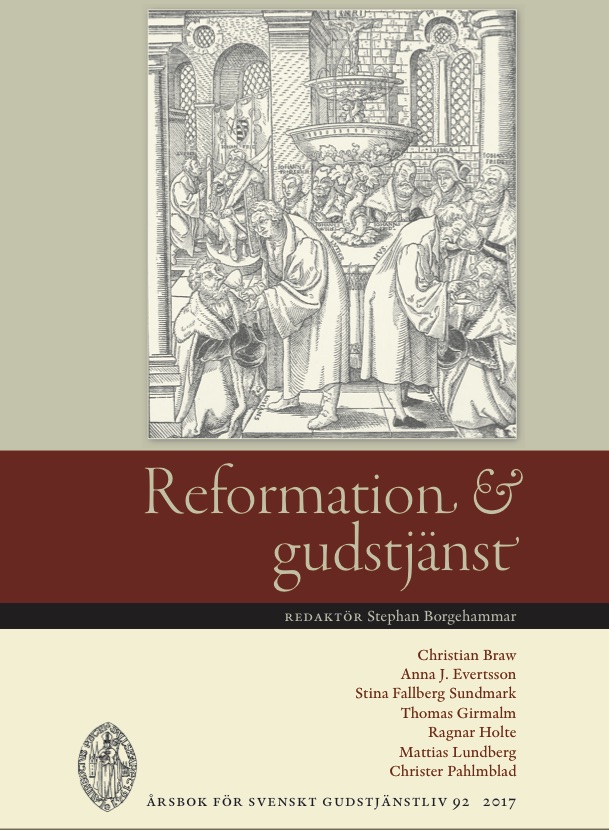Luther och Melanchthon
Abstract
Martin Luther (1483–1546) had been professor in Biblical theology at the University of Wittenberg since 1512 when 1518 the young Philip Melanchthon (1497–1560) at the age of 21 became his col-league as professor of Greek. They soon became inseparable friends, Philip assisting Martin in his efforts to achieve a German translation of the New Testament and taking his side in the conflict with the Vat-ican after his publication of the 95 theses against indulgences. Dur-ing 1520, Luther published two of his most important works: In The Freedom of a Christian he gives a positive summary of his conviction that justification through faith alone is the central Biblical message. In The Babylonic Captivity of the Church he gives a critical assessment of spiritual compulsion within the Roman Catholic Church. – Mel-anchthon became more and more active as a theological author, especially interested in creating summaries of the whole Christan faith; several attempts named Loci etc. were published between 1521 and 1559 with constantly increased quality. His most important work is of course the Augsburg Confession, created to be presented at the parliamentary session in Augsburg summoned by the German Emperor in 1530. Luther himself at that time stayed in Wartburg Castle because of mortal danger, but he had seen the confession and had approved of it. The Augsburg Confession is accepted by all Lutheran churches.
Luther admired the Bible edition created by the prominent phi-lologist Erasmus of Rotterdam, and Erasmus had shown positive interest in Luther’s endevours, but in his book On Free Will 1523 he reacted negatively when human free will seemed to be denied by the doctrine of justification by faith; he stated that justification surely is a work of God, but the human person must with his free will assent to the divine mercy in order to integrate the mercy and the faith in his personality. Luther gave a quite preposterous answer to this in his book On the Bondage of the Will 1525. Melanchthon became seri-ously shocked and later saw to it that Luther’s extreme opinion was not mentioned in the Augsburg confession. He also opposed it in his Loci, with the result that after Luther’s death in 1546 an antagonism arose between supporters and opponents of Melanchthon, leading to the necessity of a supplementary confessional document in 1577, the so-called Formula of Concord – hardly of any importance today. Much more important today is the recent result of the ongoing dialogue between Catholic and Lutheran theologians, i.e. the ecumenical service in Lund Cathedral on 31 October 2016 with Catholic and Lutheran bishops present, at which Pope Francis and the Lutheran bishop Munib Younan signed a document of common faith and collaboration.
Downloads
Publicerad
Nummer
Sektion
Licens
© författarna, Laurentius Petri Sällskapet för svenskt gudstjänstliv samt Artos & Norma bokförlag. Det är tillåtet att kopiera och använda material ur Svenskt Gudstjänstliv för forskningsändamål om källan anges. För övriga ändamål kontakta respektive artikelförfattare samt förlaget. Särskilda restriktioner kan gälla för bildmaterial.


